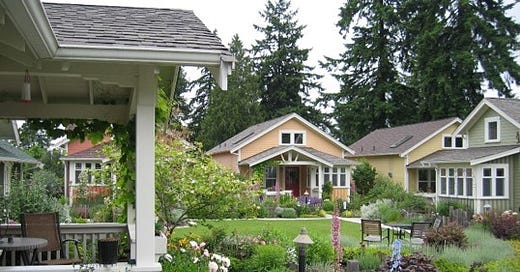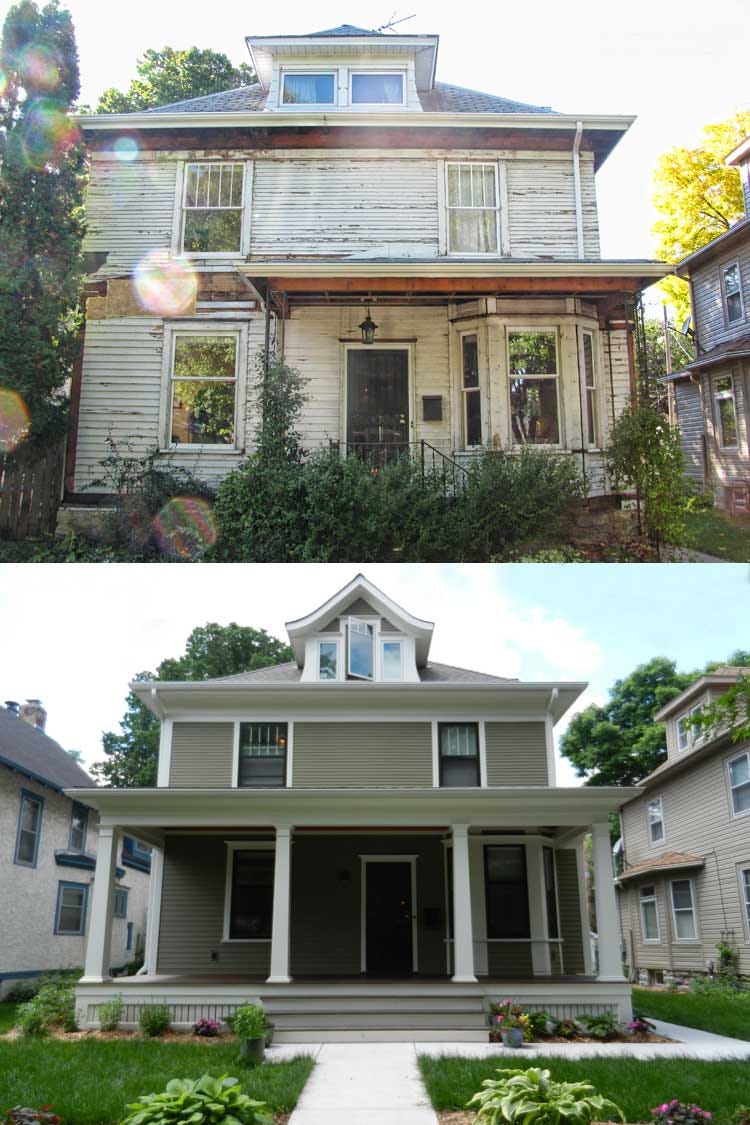The housing crisis isn't just a statistic—it's a deeply human challenge that touches every corner of our communities and requires solutions now. Most communities are dramatically under-producing housing, falling short by a staggering 3 to 5 times the number of homes needed to support the growing number of households in the region.
Talk to local builders or lenders, and you'll hear a familiar refrain of seemingly insurmountable obstacles. Skilled trades are stretched thin. Financing options are limited. Developable land that is properly zoned is scarce. The entire ecosystem appears to be operating at maximum capacity, leaving little room for growth.
Beyond Roadblocks: A Practical Vision for Change
The Six Steps to a Healthy Housing Ecosystem aren't about waiting for perfect solutions—they're about creating immediate, meaningful progress. And let's be clear: communities cannot afford to wait years for systemic change. Right now, local businesses are trying to hire. School districts are seeking educators. Young professionals are launching their careers. Seniors are struggling to maintain their independence.
The key is to start small, but think strategically.
Creating Tangible Momentum
Communities rarely mobilize around abstract concepts, but they can rally around concrete, visible progress. If you’re in a small town or just starting this work, consider one or two simple but potentially inspiring starting points:
Build a pocket neighborhood for year-round residents on a previously overlooked parcel
Develop an infill project on Main Street that brings both a vibrant coffee shop and much-needed apartments
Rehabilitate 10 older homes in an underinvested neighborhood
These aren't just housing projects—they're community transformation initiatives. Use them as opportunities to communicate broader housing needs and opportunities. Start small, then scale. And talk it about it incessantly.
More Than Construction: A Learning Opportunity
Each housing project is a chance to do two critical things simultaneously:
Create Housing: Address immediate needs for housing at a variety of price points
Build Community Understanding: Illuminate the broader context of housing needs and common barriers to housing where broader solutions are needed.
In your communication materials, you’ll want to ask and answer the crucial questions:
Who will be served by this housing?
Why are these residents important to our community?
How many others share similar housing challenges?
What would it take to scale this solution? What are the barriers in the way of doing more of these projects?
Who can help in the community and how can they get engaged?
Turning Barriers into Opportunities
You'll inevitably encounter obstacles—overly restrictive parking requirements, the building department isn’t communicating well with the planning department, construction costs are 20% higher than the project can afford, or the neighbors simply don’t want to see any changes on that vacant lot. But here's the revolutionary approach: view each barrier as a communication opportunity.
Use these barriers to educate the community about how this difficult process is indicative of the broader regional housing shortage. Build a broader understanding of how each player process, no matter how seemingly small, is impacting the community’s ability to grow. And create alliances for systemic change. Don’t ever miss an opportunity to align your goals and objectives with those of another influential organization or person.
These projects will feel endlessly frustrating. But if you toil for months (or years) on one project and view all the problems as things you never want to face again, what was the point of the exercise? Instead, view all of those obstacles as the things to lean into the hardest.
The obstacle is the way.
The Path Forward: Intentionality as Our Greatest Tool
Housing isn't just about buildings. It's about people. It's about creating spaces where individuals and families can thrive, where communities can grow, and where potential can be realized.
Transformation doesn't happen by accident. It requires deliberate, strategic action—a commitment that goes far beyond a single project or isolated effort. Each housing initiative is a potential blueprint, a learning opportunity that could inspire hundreds or even thousands of similar developments. But this potential can only be unlocked through intentional, transparent communication and rigorous problem-solving.
The Anatomy of Sustainable Change
Every project will face challenges. Some will be systemic—deeply rooted in outdated regulations or complex economic constraints. Others will be more immediate and practical: poor planning, project management hurdles, neighborhood dynamics, or resource misalignments. The true measure of a community's resilience isn't the absence of these challenges, but its collective ability to:
Recognize obstacles transparently
Document and share lessons learned
Develop adaptive strategies
Build a network of support and knowledge exchange
Community as Collective Problem-Solver
The most powerful resource in addressing housing challenges isn't money or policy—it's collective will. Can your community develop the organizational muscle to turn each obstacle into an opportunity? Can you transform individual project challenges into collective learning experiences?
By starting small, staying persistent, and maintaining a compassionate, strategic approach, we can transform our housing ecosystems—one project, one conversation at a time. But this transformation demands more than good intentions. It requires unwavering commitment, political will, and a shared vision of community well-being.
Our housing future isn't predetermined. It's carefully, intentionally crafted—by us, for us, with every challenge we face and every solution we implement.







I’d add, help modular and manufactured housing become mainstream in your community.